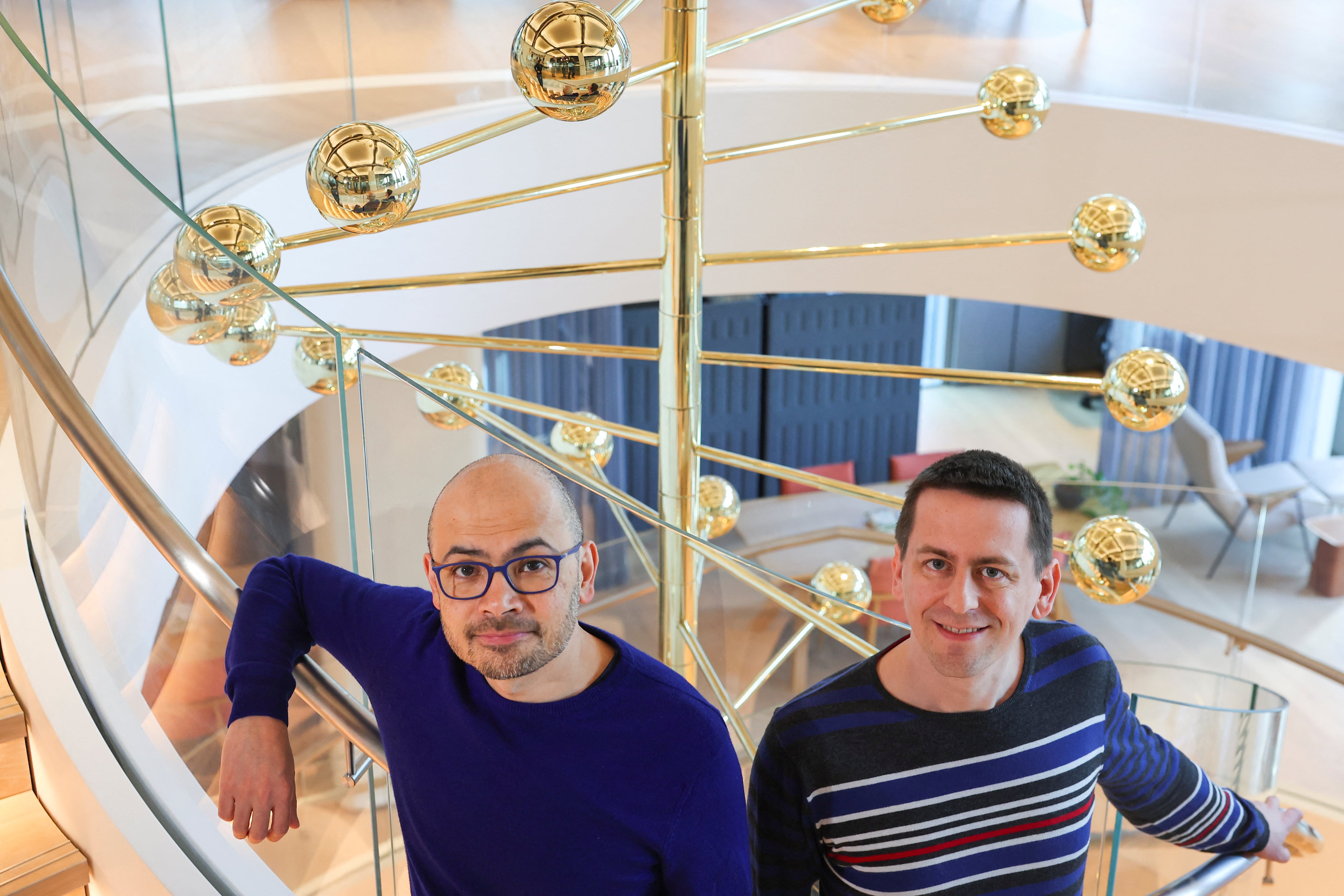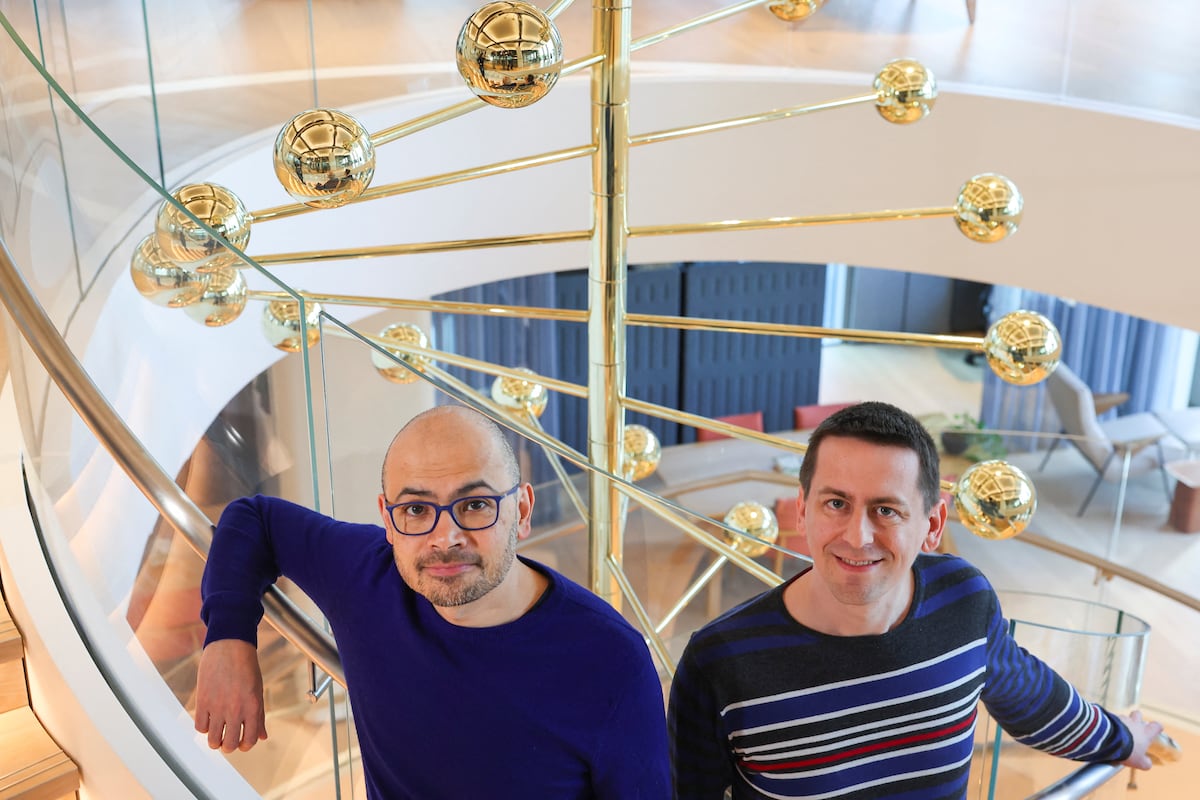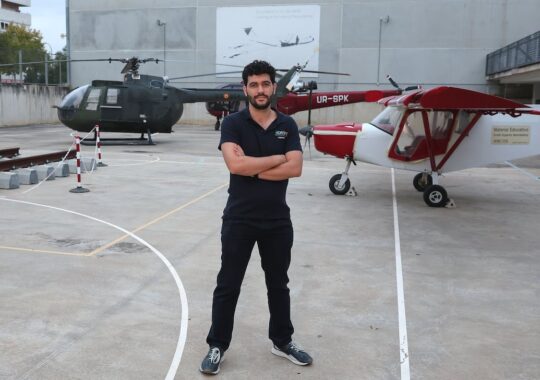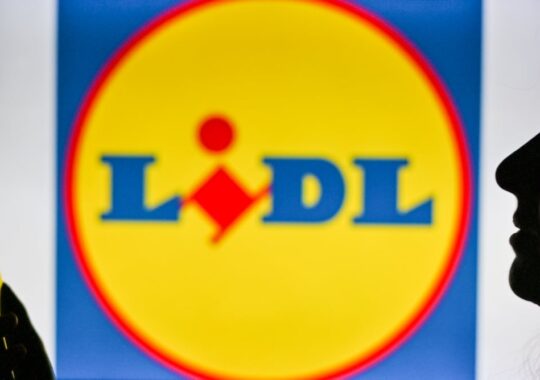
Our experience of daily life reveals to us a complicated and often violent world that we try to make more habitable, reasonable and controllable through science and technology. Climate change and war conflicts alert us that we are in a risky moment in this scientific-technological enterprise, which, on the one hand, is worn out before the eyes of the people by a history full of unforeseen consequences and, on the other, It has given us such powers that the most privileged people already dream that utopian emancipation from physical reality is within reach. This year’s Nobel Prize winners They give keys to understand where the dangerous path we are traveling comes from and where it is going.
I begin the quick tour of a Europe traumatized by the horror of the First World War where mathematicians Kurt Goedel and Alan Turing They revealed the limitations of logic and digital algorithms to interpret reality, that is, the crucial difference between knowing and computing. For its part, physics broke our notion of “common sense” with the puzzle created by quantum mechanics and general relativity. Sigmund Freud’s ideas pushed the development of neuroscience, which at that time digested the discoveries of Ramón y Cajal, neural networks individuals that provide physical substrate to the human mind. The outbreak of World War II concentrated in the United States the most brilliant scientists, physicists, mathematicians and engineers who, collaborating with neuroscientists, designed machines capable of acting as physical substrates for mathematical ideas. Computers marked a historical milestone, since, breaking the division between academic disciplines, they fractured the border between the artificial and the natural, launching the adventurous dialectic between “mechanization of the mind” and the “humanization of the machine.”
It was a quantum physicist, Max Delbrück, who found the key to understanding the role of genes in the evolution of living beings, becoming one of the founders of molecular biology in the 1930s. This field, inspired by the simultaneous development of computing, attempted to simplify the complexity of life as algorithmic relationships between genes and proteins, encapsulated in “the Central Dogma” that enunciated Francis Crick in 1957. The Nobel Prize in Physiology or Medicine in 2024 has been awarded to Victor Ambros and Gary Ruvkun for the discovery of an important gene manipulation mechanism that destroys the simplicity of Dogma. In the 1980s, Ambros and Ruvkun discovered microRNA molecules capable of controlling the action of genes. At the time, most of the biological community thought that only 1% or 2% of our DNA contained information for making proteins (the rest was considered junk DNA, junk DNA) and that the regulation of genes was done by proteins. In the last 10 years, it has been shown (with the opposition of much of the scientific establishment) that around 75% of our DNA is not junk, but is translated by the cell into RNA. More than 2,000 microRNAs have already been identified in the human genome, most of which have gene regulatory functions. These discoveries complicate the algorithmic-molecular story, but open new possibilities for “digital” intervention. The quantity and diversity of these RNAs has immediately attracted scientists who apply artificial intelligence (AI) to data analysis to try to discover relationships between microRNA, drugs and diseases that allow their medical application. It remains to be seen if they can find them and what consequences there will be if they do.
This confidence that AI can help solve problems of great biological complexity is justified by the results that have won the Nobel Prize in Chemistryawarded to Google DeepMind scientists Demis Hassabis and John Jumper for predicting protein shapes and functions and biochemist David Baker for creating proteins that do not exist in nature. Actually, It was Baker’s team that, in 2014showed that it was possible to solve one of the most difficult problems in science, predicting the structure of a protein. Their approach was based on decades of experimental and computational research and collaboration: it did not use AI, but rather physics and the evolutionary history of proteins on Earth. Baker’s team did not stop there, and they immediately began to apply the process in reverse, that is, to design proteins on the computer and use the methods of molecular biology to convert living cells into factories of these proteins from synthetic genes. . Thus, they made one of the dreams of nanotechnologythe design with atomic precision of complex nanostructures. Baker’s team used this technology to design, for example, a vaccine against covid (SKYCovione). Although the medical and technological potential is enormous, there is still much to learn, because cells impose restrictions on the digital designs that can be manufactured using this method, not everything is possible in the real world. In 2021, DeepMind made its Alphafold algorithm publiccapable of finding the structures of proteins in a more efficient way than Baker, using the DeepMind computing capacity that he put at the service of the entire scientific community. Here AI reveals its useful power to advance medical research quickly and effectively and democratize scientific tools. It should be noted that not all human proteins have a fixed structure, and that disorder is a physical weapon used by biology that is outside the reach of these advances.
This rise of AI methods has motivated the Nobel Prize in Physics has been awarded to John Hopfield and Geoffrey Hinton (also from Google), who used the tools of Physics to develop artificial neural networks that laid the foundations for many of today’s AI applications. Hopfield was inspired by models of the interactions of atoms in magnetic materials to develop his famous neural network in the 1980s. Hinton contributed the so-called Boltzmann machine. The similarities of neural networks with the physics of magnetization had already been suggested by Walter Pitts and Warren MacCulloch in 1947.
Many have criticized this Nobel Prize for targeting the promotion of AI in a complicated commercial context (the US Department of Justice is considering breaking up Google) and because neural networks based on these methods have not discovered anything about reality by themselves; On the contrary, its level of abstraction produces a-physical errors and the well-known “hallucinations”. Furthermore, in their current state, networks still require a lot of data and a lot of energy to calculate their predictions (6 orders of magnitude more than the human brain). Hinton’s reaction to these criticisms is revealing of the mentality of many in this field. Hinton argues that hallucinations are proof that neural networks think like humans because humans, in reality, “we hallucinate” our consciousness. For Hinton, human reality is “virtual.”
With these statements, Hinton points to the fetishism that part of the scientific community has developed with its computational models; When faced with his lack of the ability to fully master and understand a part of reality, the scientist constructs an idealized image of it, thus acquiring mastery over the image, which he turns into a kind of fetish. In this case, the illusion of the mechanization of the mind functions as a fantasy of domination of human consciousness and reality. It is the fantasy that Hinton now uses to create apocalyptic scenarios where AI wipes out humans…
Let’s not let ourselves be carried away by fear, because if this year’s Nobel Prizes remind us of anything, it is that we need the imperfect powers of AI and science to solve the great challenges we face. They also warn us that we must not forget that the historical evidence of recent centuries warns us against utopias and fantasies of reason, which usually end in war catastrophes or ecological disasters. There is another option: to use these advances to strengthen our connection with the reality of the mysterious universe we inhabit, to be more real, not less. As physicists know, to access that reality that gives meaning to our lives we need to resort to non-digital human capacities, such as intuition, hope, emotion and empathy, which have always been present guiding our lives in art, literature, cultural traditions and history. Let us not abandon our humanity for utopian dreams that have never ended well.
Sonia Contera is Professor of Physics at the University of Oxford. Author of ‘Living nanotechnology: how the world of the infinitesimal is transforming medicine and the future of biology’. (Arpa Editores, 2023).




